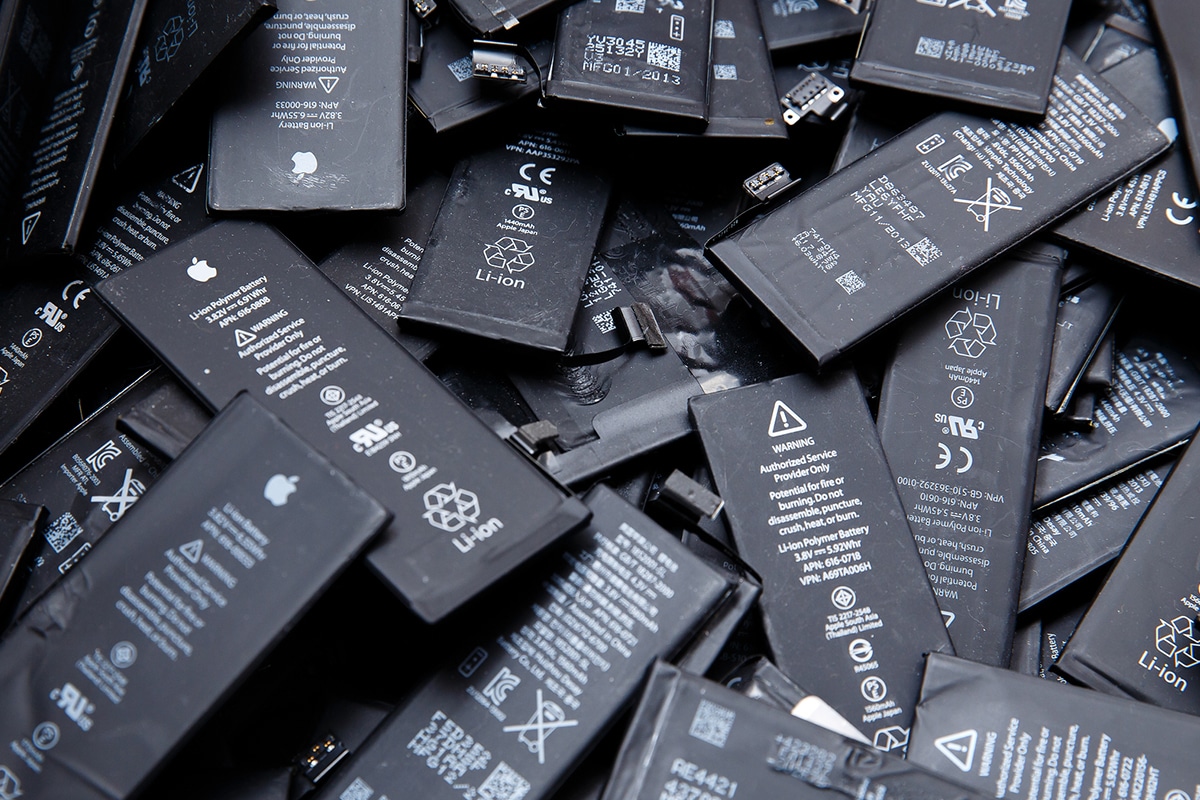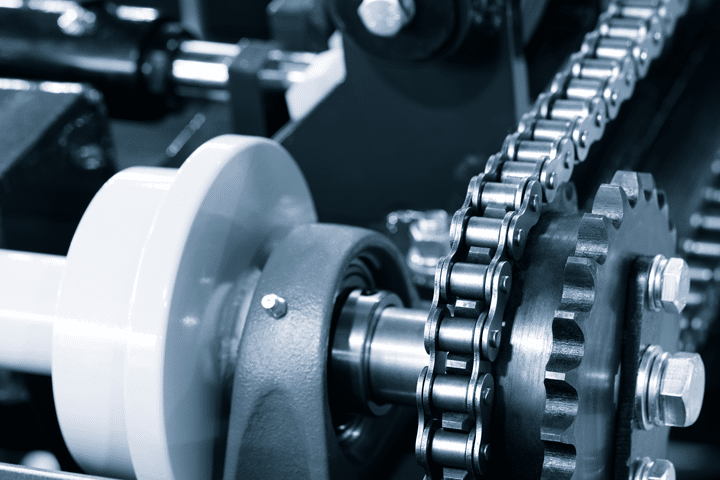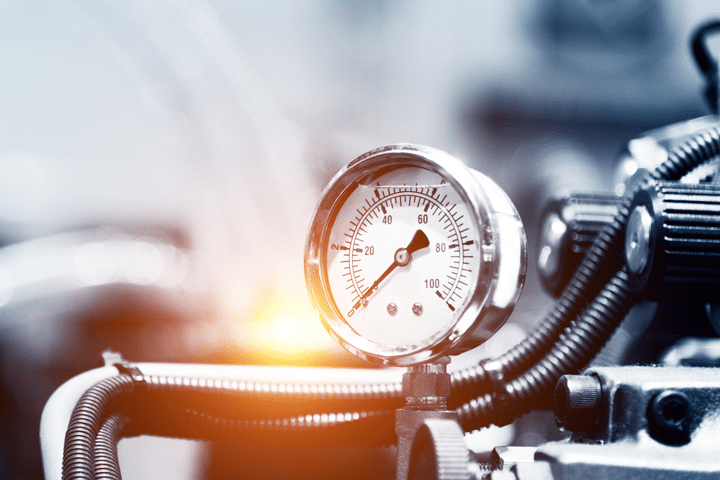The lithium ion battery has become the standard in many industries when it comes to mobilizing a power source. The developments in electronics, electric vehicles, and energy storage have created an overwhelming need for a lighter, stronger, and safer battery. Every year a new and improved version of this technology is introduced, and that drives the demand for a new and improved battery. Halocarbon, a leader in fluorochemistry, is at the forefront of creating additives and co-solvents that improve the performance and safety of high voltage (>4.2 V) lithium ion batteries.
Halocarbon is leveraging the principles of structure-activity relationships (SAR) to address key challenges in the chemistry of high-voltage lithium ion batteries.
Implementing Structure-Activity Relationships
Structure-activity relationships (SAR) are commonly used in the pharmaceutical industry to optimize the relationship between the molecular structures of drugs and their targeted biological activities. The process involves testing the efficacy of molecules to exhibit a desired medicinal benefit and using the knowledge gained from those tests to guide the design and development of new molecules that hone in on the key attributes required. Halocarbon scientists have leveraged a similar approach to develop a broad range of electrolyte additives and co-solvents to address the key challenges associated with high-voltage (>4.2 V) lithium ion batteries.
Halocarbon’s Approach to Improving High-Voltage Lithium Ion Batteries
Halocarbon scientists have been working with strategic partners within the lithium ion battery industry. These partnerships have developed a portfolio of ready-to-formulate products specifically designed to enhance the safety and performance of high-voltage lithium ion batteries (>4.2 V). Through strategic open innovation engagements with key players in the lithium ion battery industry, Halocarbon scientists have designed fluorinated additives and fluorinated co-solvents to improve capacity retention, enhance cyclability and cell lifetime, form better SEI layers, and suppress cell flammability.
Using a SAR-based approach to create fluorinated materials, Halocarbon has been able to create new levels of performance and safety in high-voltage cells. In specific, Halocarbon LIB 2100 Et provides several benefits that eliminate the majority of issues that have occurred with traditional solvents being used today.
Improved Capacity Retention at High Voltages
There is a constant need for higher energy density. When using a battery at voltages higher than 4.2V, the traditional solvents being used in the industry are more likely to break down, ultimately leading to a decrease in cyclability and capacity retention over time. With Halocarbon’s fluorinated materials, this problem is avoided due to their higher anodic stabilities. These fluorinated materials were specifically designed to improve the lifetime and capacitance of high voltage cells and reduce the flammability of electrolyte solutions.
Improved SEI Layer Formation
In order to have a healthy and high performing lithium ion battery, the quality of the SEI layer is essential. During early cycles, this layer mitigates initial capacity loss, which improves overall safety and a cell’s lifetime. With Halocarbon’s fluorinated materials, there is a uniform SEI layer generated that protects and electronically insulates the anode surface. At higher voltages (>4.2 V), this will prevent degradation of the electrolyte while cycling.
Flammability Suppression
Lithium ion battery electrochemistry at high voltages (>4.2 V) needs to use cell components and materials that are robust. If the materials being used begin to degrade, there will be an increase in the resistance within the cell. Halocarbon LIB 2100 Et has high anodic stability which mitigates the increase in resistance. It is also non-flammable which leads to a decrease in the flammability of electrolyte solutions.
Halocarbon LIB 2100 Et and all of Halocarbon’s high-purity lithium ion battery chemicals are designed to improve and enhance the performance and safety of lithium ion batteries. Ready to create your next breakthrough in lithium ion batteries? Contact us today!






Leave a Reply